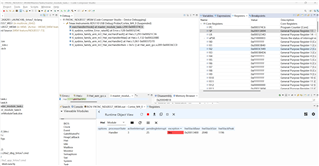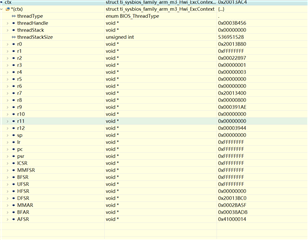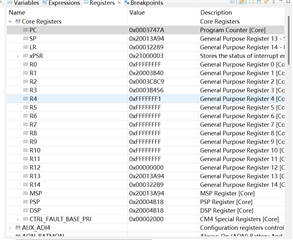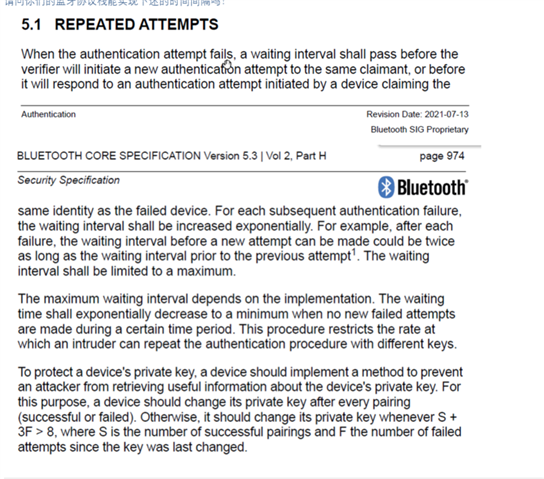Tool/software:
Subject: Watchdog Reset Issue with CC2642 Multi-Role Base Project
Hello, we encountered a watchdog reset while using the CC2642 Multi-Role as the base project for the CC2642.
Details of the issue:
-
We set up two advertising channels, each broadcasting at 100ms intervals.
-
After enabling scanning, the device connects to a peripheral once detected.
-
The connection lasts for 10 seconds, followed by a 2-second disconnection, then resumes scanning.
-
This cycle (scan → connect for 10s → disconnect for 2s → repeat) continues indefinitely.
At a certain point, this process triggers Hwi_excHardFault().
-
The longest test ran for 19 hours before failure.
-
The shortest failure occurred in just over 10 minutes.
-
Failures also happened at other intermediate times, making the issue appear random.
Follow-up Investigation:
I disabled the watchdog and ran the system in debug mode, waiting for the issue to occur. Upon each failure, I observed that the SP (Stack Pointer) value was consistently 0x20013A94.
Further Analysis:
-
Checked the MAP file but found no reference to this address.
-
Examined the memory window and confirmed that this address falls within the HWI (Hardware Interrupt) task stack.
-
Monitored the stack usage of each task and tracked the memory pool—no stack overflow or memory leaks were detected.
-
Memory leak verification: The allocatable memory size in the pool remained consistent between connection establishment and disconnection.
-
The SDK version we are using is simplelink_cc13xx_cc26xx_sdk_7_10_00_98
Below are some critical screenshots captured when the issue occurred:



All peripherals were verified to be properly initialized before use
Could you please assist in troubleshooting this problem?


